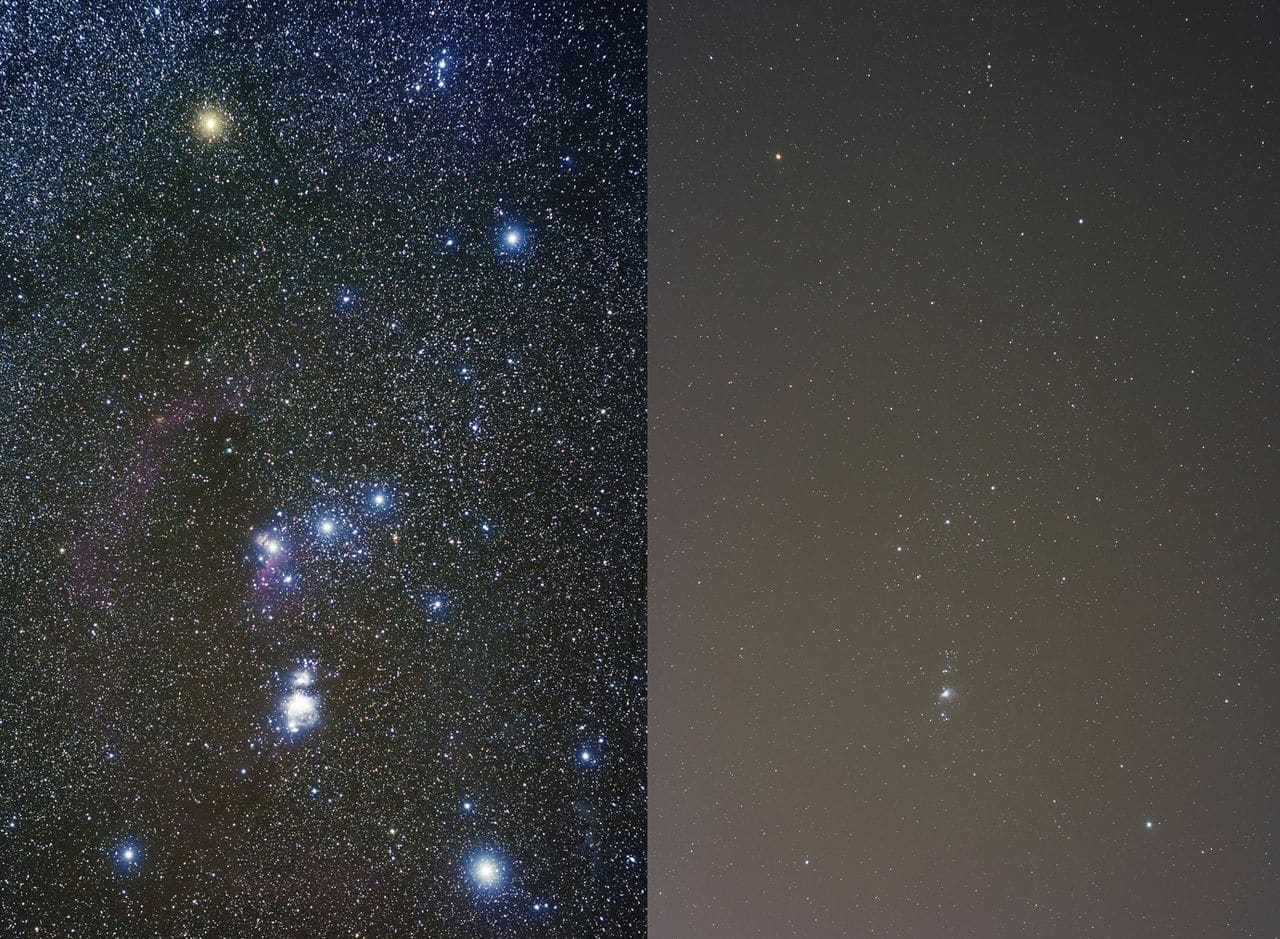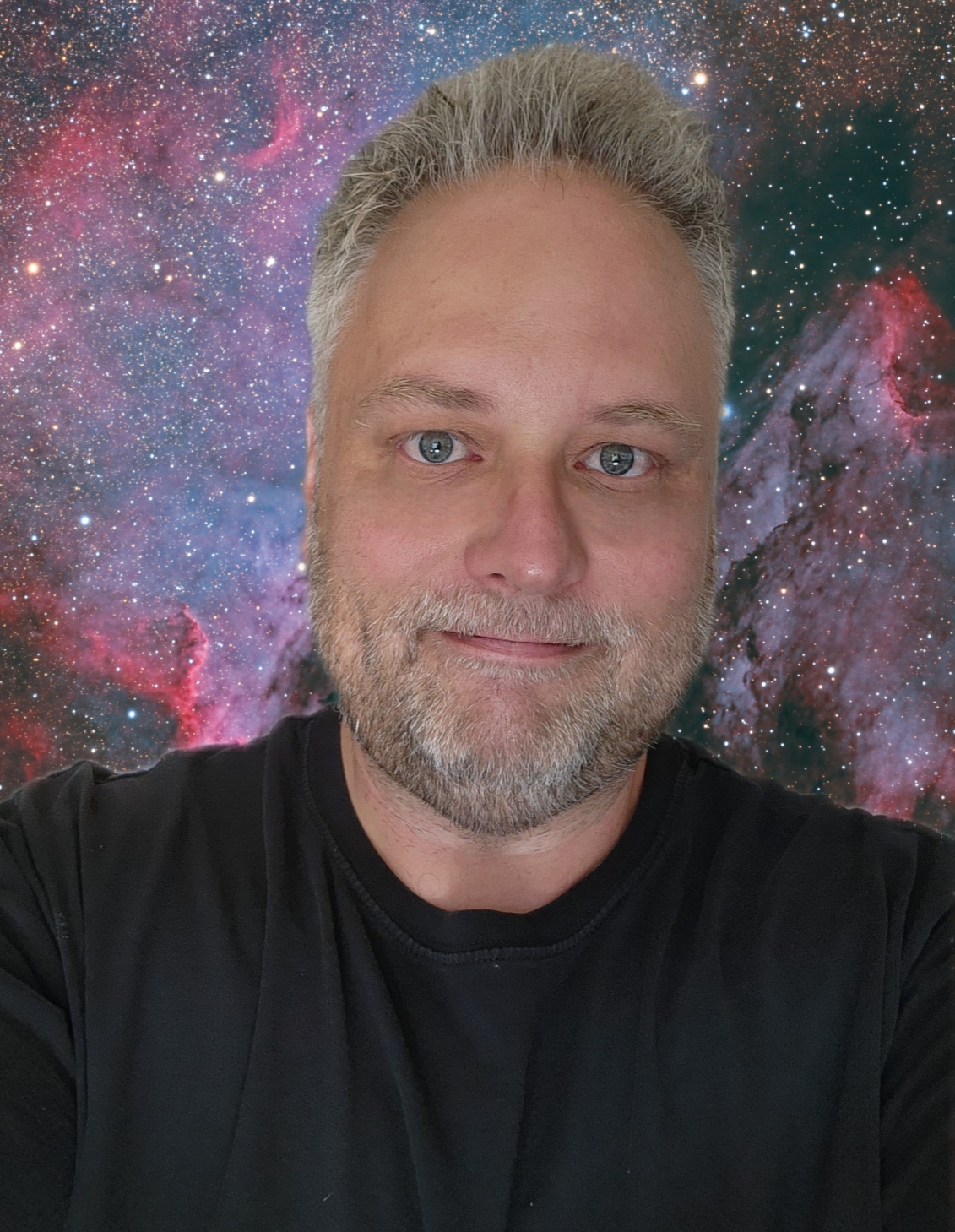No products in the cart.

Less than 100 years ago, everyone could look up and see a spectacular starry night sky. Now, millions of children across the globe will never experience the Milky Way where they live. The increased and widespread use of artificial light at night is not only impairing our view of the universe, it is adversely affecting our environment, our safety, our energy consumption and our health.
What is Light Pollution?
Most of us are familiar with air, water, and land pollution, but did you know that light can also be a pollutant?
The inappropriate or excessive use of artificial light – known as light pollution – can have serious environmental consequences for humans, wildlife, and our climate. Components of light pollution include:
- Glare – excessive brightness that causes visual discomfort
- Skyglow – brightening of the night sky over inhabited areas
- Light trespass – light falling where it is not intended or needed
- Clutter – bright, confusing and excessive groupings of light sources

Light pollution is a side effect of industrial civilization. Its sources include building exterior and interior lighting, advertising, commercial properties, offices, factories, streetlights, and illuminated sporting venues.
The fact is that much outdoor lighting used at night is inefficient, overly bright, poorly targeted, improperly shielded, and, in many cases, completely unnecessary. This light, and the electricity used to create it, is being wasted by spilling it into the sky, rather than focusing it on to the actual objects and areas that people want illuminated.
How Bad is Light Pollution?
With much of the Earth’s population living under light-polluted skies, over lighting is an international concern. If you live in an urban or suburban area all you have to do to see this type of pollution is go outside at night and look up at the sky.

If you want to find out how bad light pollution is where you live use the NASA Blue Marble Navigator for a bird’s eye view of the lights in your town.

Don’t forget to check out the Globe at Night interactive light pollution map data created with eight years of data collected by citizen scientists.

Google Earth users can download an overlay also created from the “World Atlas” data.
Effects of Light Pollution
For three billion years, life on Earth existed in a rhythm of light and dark that was created solely by the illumination of the Sun, Moon and stars. Now, artificial lights overpower the darkness and our cities glow at night, disrupting the natural day-night pattern and shifting the delicate balance of our environment. The negative effects of the loss of this inspirational natural resource might seem intangible. But a growing body of evidence links the brightening night sky directly to measurable negative impacts including
- Increasing energy consumption
- Disrupting the ecosystem and wildlife
- Harming human health
- Effecting crime and safety
Light pollution affects every citizen. Fortunately, concern about light pollution is rising dramatically. A growing number of scientists, homeowners, environmental groups and civic leaders are taking action to restore the natural night. Each of us can implement practical solutions to combat light pollution locally, nationally and internationally.
You Can Help!
The good news is that light pollution, unlike many other forms of pollution, is reversible and each one of us can make a difference! Just being aware that light pollution is a problem is not enough; the need is for action. You can start by minimizing the light from your own home at night. You can do this by:
- Only using lighting that is needed
- Using energy efficient bulbs
- Installing motion detector lights and timers
- Properly shielding outdoor lights
- Keeping your blinds drawn to keep light glow inside
- Becoming a citizen scientist and helping to measure light pollution
Learn more about Outdoor Lighting Basics
Then spread the word to your family and friends and tell them to pass it on. Many people either don’t know or don’t understand a lot about light pollution and the negative impacts of artificial light at night. By being an ambassador and explaining the issues to others you will help bring awareness to this growing problem and inspire more people to take the necessary steps to protect our natural night sky. IDA has many valuable resources to help you including: Public Outreach Materials, How to Talk to Your Neighbor, Lighting Ordinances and Residential and Business Lighting.
Want to do more? Get Involved Now
Originally published on darksky.org – The International Darksky Association

My story began more than 40 years ago looking up at the Moon with a small telescope my Father had. Encouraged by my parents, who bought me my very own telescope, a 4.5″ reflector, I began to explore the night sky from my family home backyard. Today I do astrophotography from my home in Kitchener, Ontario and also with remote telescopes located in New Mexico and Australia. Some of my images have won awards and have been featured online and in magazines.


Leave a comment...